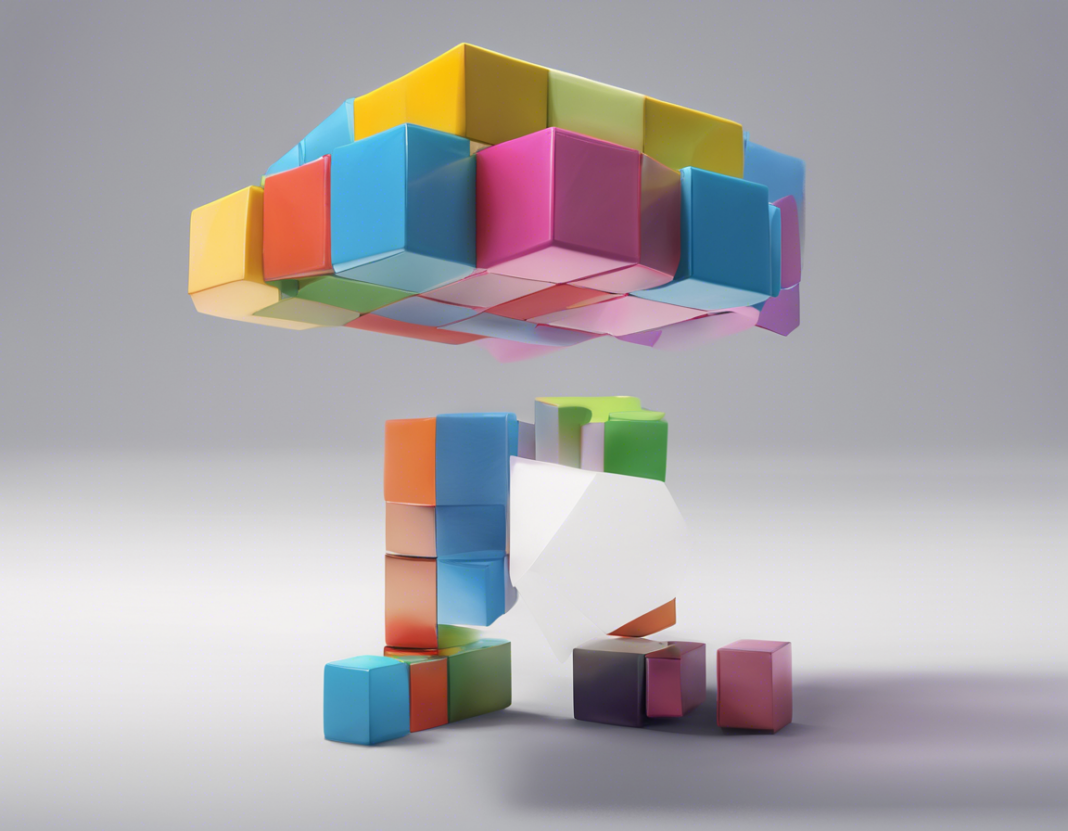If you’ve ever examined a cube, you might have instinctively counted its edges to confirm that it has 12 of them. Indeed, a cube is a three-dimensional shape that consists of six identical square faces, 12 edges, and eight vertices (corners). In this article, we will delve into the fascinating world of cubes, exploring their properties, characteristics, mathematical significance, and practical applications.
Understanding the Cube
A cube is a regular polyhedron, meaning it has congruent faces (all faces are identical) and equal edge lengths. In the case of a cube, all six faces are squares, and all twelve edges are of the same length. This uniformity gives the cube unique characteristics that make it a fundamental shape in geometry and mathematics.
Properties of a Cube
Faces, Edges, and Vertices
- A cube has six faces, each being a square.
- It boasts 12 edges, where three edges meet at each vertex.
- There are eight vertices where the edges meet, forming the corners of the cube.
Diagonals
- A cube has four space diagonals that connect non-adjacent vertices.
- The length of each of these space diagonals can be calculated using the cube’s edge length.
Surface Area and Volume
- The surface area of a cube can be calculated using the formula: 6 x (edge length)^2.
- The volume of a cube is given by: (edge length)^3.
Mathematical Significance
Cubes play a vital role in mathematics, particularly in topics like geometry, algebra, and calculus. They are used to model three-dimensional problems, calculate volumes, and solve complex equations. Here are some key points highlighting the mathematical significance of cubes:
-
Volume and Surface Area Calculations: Cubes are often used as introductory examples when teaching concepts like volume and surface area in mathematics due to their simplicity and uniformity.
-
Geometrical Proofs: Cubes are integral to geometric proofs and theorems. They serve as building blocks for understanding spatial relationships and three-dimensional geometry.
-
Coordinates and Vectors: In coordinate geometry and vector analysis, cubes are used to represent points in three-dimensional space and illustrate vector operations.
Practical Applications of Cubes
Beyond the realm of mathematics, cubes have numerous practical applications across various fields. Let’s explore some real-world scenarios where the concept of cubes is applied:
-
Architecture and Design: Architects often use cube-like structures in building design, such as cubic rooms or blocks, due to their geometric stability and aesthetic appeal.
-
Manufacturing: Cubes are used as basic building blocks in manufacturing processes, where precise measurements and uniform shapes are required.
-
Computer Graphics: In computer graphics and modeling, cubes are commonly used to represent 3D objects and facilitate rendering and simulation.
-
Packaging: Cube-shaped packaging containers are efficient for storing and transporting goods, optimizing space utilization and stacking.
Frequently Asked Questions (FAQs)
1. How can I calculate the length of the diagonal of a cube?
To find the length of the diagonal of a cube, you can use the formula: edge length * √3.
2. What is the relationship between a cube and a regular hexahedron?
A cube is a special case of a regular hexahedron, which is a polyhedron with six faces. All cubes are regular hexahedrons, but not all regular hexahedrons are cubes.
3. Is a cube considered a prism?
Yes, a cube is classified as a special type of prism known as a right rectangular prism, where all faces are squares.
4. Can a cube have a curved surface instead of flat faces?
No, by definition, a cube has six flat, square faces meeting at right angles. Introducing curved surfaces would change its fundamental geometric properties.
5. What is the Euler characteristic of a cube?
The Euler characteristic of a cube is calculated by adding the number of vertices (V), minus the number of edges (E), plus the number of faces (F). For a cube, this value is 8 (V) – 12 (E) + 6 (F) = 2.
In conclusion, the cube’s simplicity belies its significance in mathematics, geometry, and various real-world applications. Understanding the properties and characteristics of a cube not only enriches your knowledge of geometry but also opens doors to exploring more complex shapes and concepts in mathematics. Whether you’re a student, educator, or enthusiast, the cube remains a cornerstone of three-dimensional geometry, offering insights and applications that extend far beyond its 12 edges.


